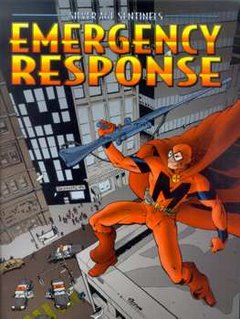MANUAL HANDLING

1. THE TASKS:
Does it involve:
•Holding or manipulating loads at distance from trunk?
•Unsatisfactory bodily movement or posture, especially
twisting the trunk?
•Stooping?
•Reaching upwards?
•Excessive carrying distances?
•Excessive pushing or pulling of loads?
•Insufficient rest or recovery periods?
2. THE LOADS:
Are they:
•Heavy?
•Bulky?
•Difficult to grasp with contents likely to shift?
•Sharp or hot?
3. THE WORKING ENVIRONMENT:
Are there:
•Space constraints preventing good posture?
•Uneven slippery or unstable floors?
•Variations in level of floors or work surfaces?
•Extremes of temperature?
•Poor lighting conditions?
4. INDIVIDUAL CAPABILITY:
Does the job:
•Require unusual strength, height etc?
•Create a hazard to those who might reasonably be
considered to be pregnant or to have a health problem?
•Require special information or training for its safe
performance?
•Is movement or posture hindered by personal
protective equipment or by clothing?
REDUCING THE RISKS
•Avoid the need for hazardous manual handling.
•Assess the risk of injury from any hazardous manual
handling that cannot be avoided.
•Reduce the risk of injury from hazardous manual
handling As Low As Reasonably Practicable(ALARP).
(B.) THE EMPLOYEE SHOULD:
•Follow appropriate systems and procedures of work
laid down for their safety.
•Make proper use of equipment provided for their safety.





